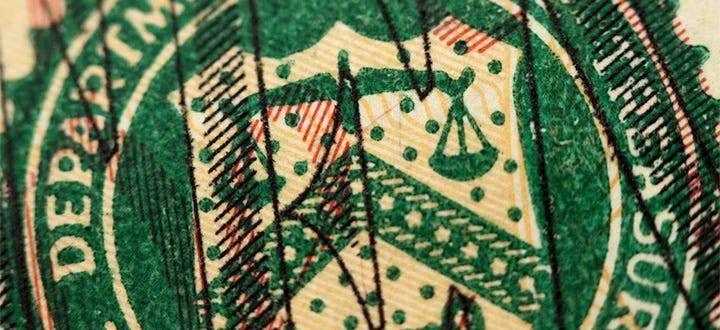The Political Economy of Public Debt: Three Centuries of Theory and Evidence, by Richard M. Salsman
By Raymond C. Niles
Northampton, MA: Edward Elgar, 2017.322 pp. $126 (hardcover).
Dr. Richard M. Salsman’s book is an intellectual laser beam that offers clarity and precision in an important but neglected area of political and economic thought: public debt theory. The book’s title indicates the ambitious scope of the project, and the result matches the ambition. The book i…
Keep reading with a 7-day free trial
Subscribe to The Objective Standard to keep reading this post and get 7 days of free access to the full post archives.




